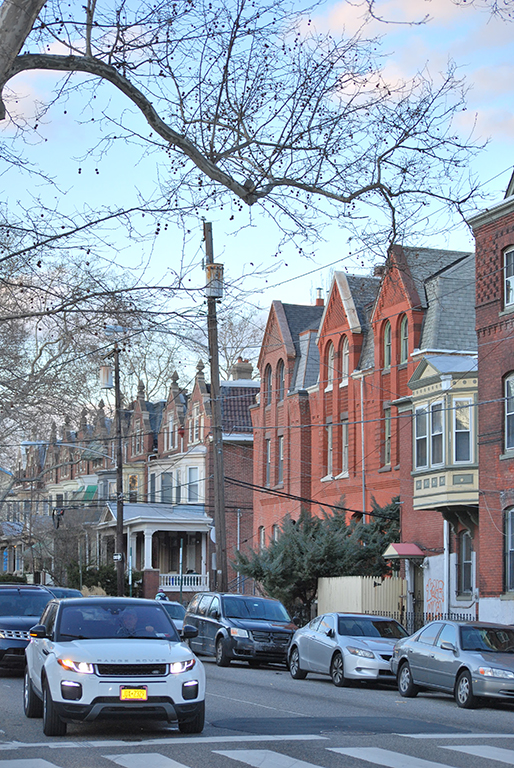
The slow advancement of gentrification in West Philadelphia appears to have reached 52nd street, and many West Philly locals are unhappy. Talk of proposed improvements to the area and attempts to make it safer presented by urban designer Jonas Maciunas was met with fears of gentrification by West Philly residents.
There is a palpable concern that gentrification will eventually replace historically black communities with white wealth. With rising house prices forcing previous residents to move, these efforts make them feel like strangers in their own homes.
According to the Philadelphia Inquirer, some residents around 52nd Street receive weekly mail about selling their homes. It’s not just about money either, as one West Philadelphia resident stated, “When neighborhoods are gentrified, you lose any semblance of culture or identity that was previously there because people moving in want it to look a certain way”.
The unofficial segregation seen in parts of Philadelphia — especially in West Philadelphia — can be explained by the historical process of redlining. Redlining was a practice that occurred after the introduction of the new deal housing acts in the 1930’s that systematically denied credit to minorities within inner city neighborhoods based on the belief that lending to minority residents was risky and that the presence of black and Hispanic residents and was synonymous with neighborhood decline.
“Residential Security” maps produced by the Home Owners Loan Corporation (a New Deal project) to guide investment, drew red lines around large neighborhoods were deemed “hazardous”, was practiced by federal and private agencies alike. The process of redlining, combined with the phenomena of white flight in the post-war boom has resulted in the deprived, minority areas throughout Philadelphia, with many still feeling the repercussions today, despite the outlawing of redlining in 1968.
However, since white suburban populations have begun to move back into the city, gentrification has started to push people out of the areas that have been their homes for decades. The areas many Drexel and Penn students live in now — especially Powelton Village and Mantua — were historically redlined and in an area known as “D20”, which was graded “D” for hazardous, with no chance of recovery.
While Mantua is still considerably deprived, Powelton recovered from redlining and has since been gentrified, now a popular student area.
Carol Morris, a retired teacher, stated to the Philadelphia Inquirer “Drexel, Penn, they’re all branching out and they’re all pushing for the neighborhoods to change so that their students will feel safe.”
Many West Philadelphia residents fear that 52nd Street is next in the line of sight for Philadelphia’s gentrification.
The area around 52nd Street is a clear example of the redlining process. 52nd Street was once known as West Philadelphia’s main street and was a rich cultural and business hub for African-Americans in the early 20th Century. However, the practice of redlining prevented the building of wealth and, particularly in the last 20 years, rates of high crime have doubled and the street is a far cry from what it used to be.
These attempts to improve the area and make it safer may be well-intentioned, but residents are concerned that it will result in further discriminatory practice as they are forced to find more affordable places to live or lose the character the area once had.
Residents have acknowledged the potential benefits to redevelopment efforts in the area. Talking to the Philadelphia Inquirer, local resident Serita Lewis stated “I’m not opposed to making sure there’s socioeconomic development — I’d be a fool to not want it.” However, residents are vocal about their desire to maintain their place in the community and want a say in how these redevelopment plans play out.
History has given Black communities in Philadelphia every reason to be unsure and skeptical about redevelopment plans, as these are the communities that have so often been abandoned by city governments or subjected to projects that ignore the voices of those who live there.


